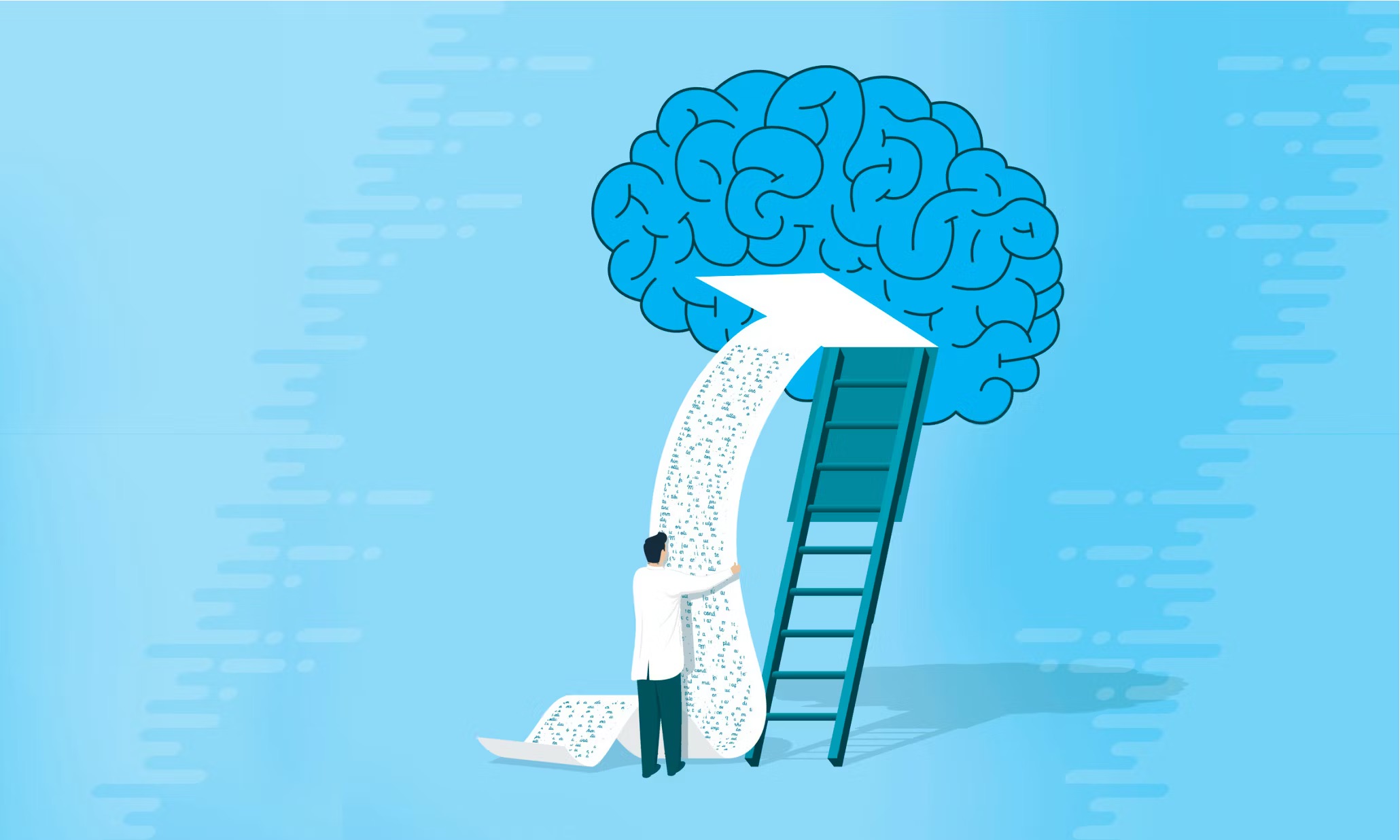- Published on
Memory Part 1

Table of Contents
- Evolution of Memory Concepts
- STM vs LTM
- Modern Taxonomy of Memory
- 1. Short-Term Memory (STM)
- 2. Long-Term Memory (LTM)
- Example: Doing a Math Problem
- The Modal Model of Memory (Sensory Registers)
- Issues with the Modal Memory Model
- Capacity of Short-Term Memory
Evolution of Memory Concepts
William James' Dual Memory Theory
- Primary Memory:
- Represents the immediate contents of consciousness.
- It is effortlessly accessible and fleeting in nature.
- Secondary Memory:
- Houses memories of the past.
- Requires effort to retrieve but is permanent and boasts unlimited capacity.
Donald Hebb's Distinction
- Short-Term Memory (STM): Relies on temporary neural activation.
- Long-Term Memory (LTM): Depends on structural changes within the brain and neurons, making memories more enduring.
STM vs LTM
| STM | LTM |
|---|---|
| Active contents of consciousness | Not currently in consciousness |
| Active nodes in LTM | Inactive until cued |
| Fast access | Slower access |
| Limited capacity | Unlimited capacity |
| Fast forgetting | Slower forgetting |
| Transiently increased neural firing relative to baseline | Plastic changes in synaptic connection strength |
Modern Taxonomy of Memory

1. Short-Term Memory (STM)
- Refers to the temporary storage of information that is relevant to your current goals.
- Has limited capacity and is vulnerable to interference.
- Typically holds information for seconds to minutes.
2. Long-Term Memory (LTM)
- Refers to the permanent storage of information.
- Has vast capacity and can store memories for a lifetime. a. Declarative Memory (Explicit) (Messages that can be verbally expressed)
- Deals with conscious recollections of facts and events. i. Episodic Memory: Personal memories of specific events, situations, or experiences.
- Example: Remembering your first day at school. ii. Semantic Memory: General knowledge about the world, including facts, ideas, concepts, and language.
- Example: Knowing the capital of a country or understanding the concept of gravity. b. Non-Declarative Memory (Implicit) (Memories that cannot be verbally expressed)
- Unconscious memories that influence behavior and are not readily available for verbal description. i. Skill Learning (Procedural Memory): Memory for performing actions or skills.
- Example: Riding a bicycle, playing an instrument, or typing on a keyboard. ii. Priming: A change in response to a stimulus due to prior exposure to a related stimulus.
- Example: Seeing an image of a red apple might make you quicker to recognize the word "fruit" in a subsequent task. iii. Conditioning: Learning through association, where a neutral stimulus becomes associated with a meaningful stimulus.
- Example: Pavlov's dogs salivating when hearing a bell because it was associated with food. iv. Perceptual Learning: Recalibration of perceptual systems as a result of experience.
- Deals with conscious recollections of facts and events. i. Episodic Memory: Personal memories of specific events, situations, or experiences.
Example: Doing a Math Problem
Long-Term Memory: Will help with the rules of arithmetic and the strategies for solving problems.
Short-Term Memory: Will allow you to store the current problem you are working on, the outcome of the problem, and use the retrieved strategies from LTM.
The Modal Model of Memory (Sensory Registers)
In the Modal model of memory, the memories are initially stored in different sensory registers, then attention will go ahead and put it into short-term memory.
Stage 1: Sensory Memory
Sensory memory acts as a temporary buffer for stimuli received through the senses. Two primary types are:
- Iconic Memory: This is the visual sensory store.
- Its duration is very short, lasting only about 1 second.
- Echoic Memory: This pertains to the auditory sensory store.
- It has a longer duration, persisting for several seconds.
Stage 2: Short-Term Memory
STM holds a limited amount of information in a readily accessible state temporarily and longer than the sensory stores.
- Available to conscious access because attention filters the things from the sensory registers into the STM
- Processes information in and out of LTM
Stage 3: Long-Term Memory
- The permanent memory store for information that is regulated by the short-term memory.
Issues with the Modal Memory Model
- Research shows that there are different short-term memory stores for different modalities, in this model, there is only one store.
- We do not just passively hold information within the mind, we manipulate information within the short-term memory.
Capacity of Short-Term Memory
- Capacity: The average number of items one can recall without error from STM is approximately 7 items, with a typical range between 5 to 9 (often referred to as "7 ± 2").
- The memory is not limited to a certain number of items but rather a number of chunks.
- Chunking: Grouping a series of apparently random items into smaller numbers of meaningful segments to enhance recall.
- Authors

- Name
- Apurva Shah
- Website
- apurvashah.org